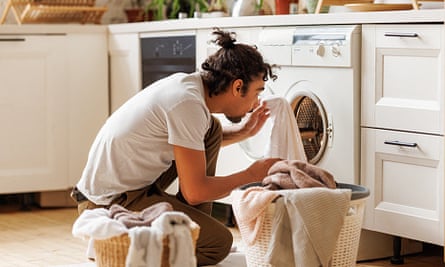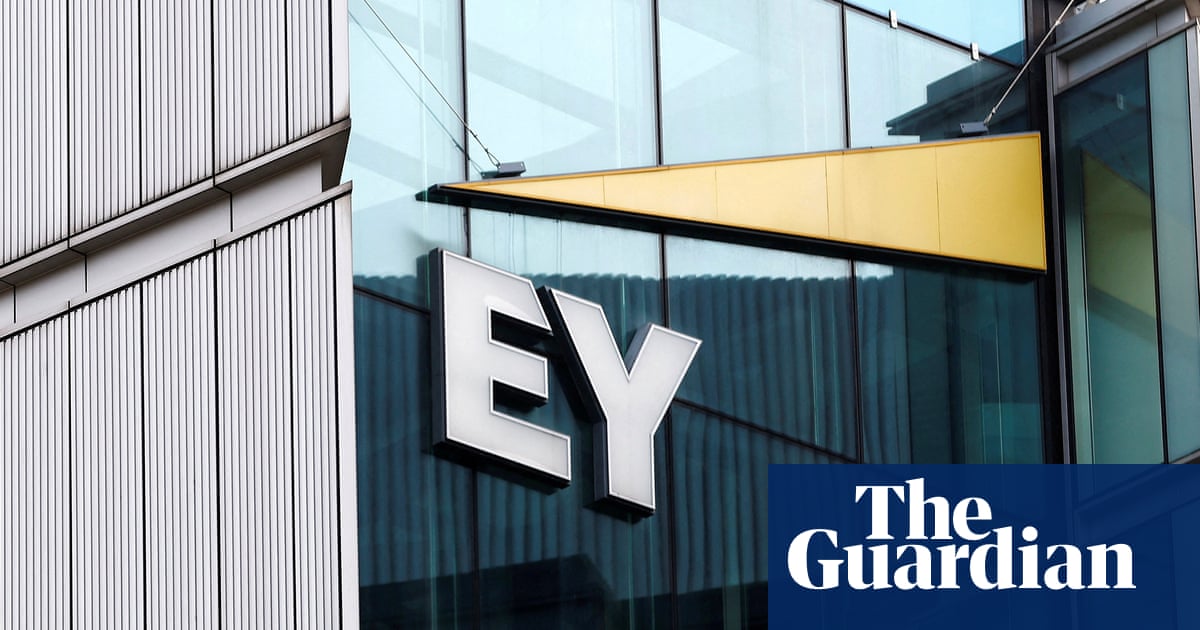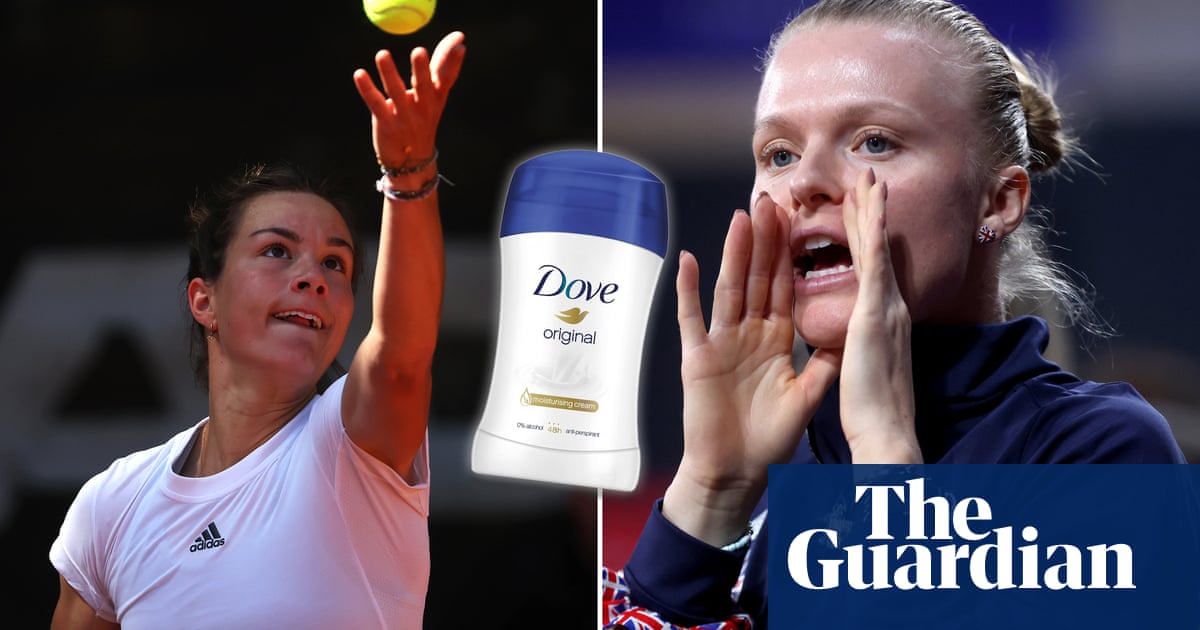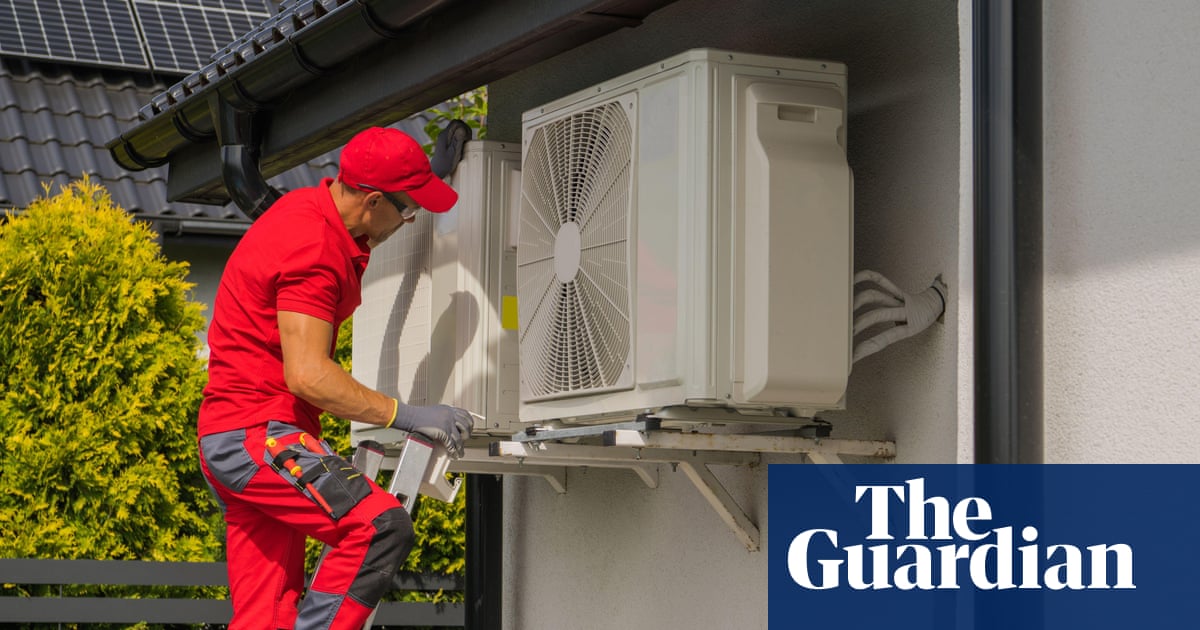Consider a meter
If you live in England or Wales, your home has more bedrooms than people and you are not already metered, then switching to a water meter could save you hundreds of pounds each year.
You may be able to figure out whether a meter could save you money by using online calculators on your water company’s website. The water consumer group CCW also has one on its site. If unsure, you can always call your provider and ask for advice. It can review your usage and compare it with how much you are likely to pay if metered. It is free to have a meter installed but you have to apply through your provider’s website or give the company a call.
In Scotland, you will be charged the labour costs for installing a meter, so staying with fixed payments may be the better option. If you do not have a meter, you will probably pay for your water with your council tax. A council tax reduction could mean you also get up to 35% off water and waste.
If you cannot get a meter in England or Wales, you may be eligible for an assessed charge, which is based on factors such as the size of your property and the number of people in it. You can also apply for a social tariff. If you are unhappy with the water company’s decision or billing in England and Wales, you can make a complaint to the water redress scheme (WATRS).
Have shorter showers

Cutting the time you spend showering to four minutes or less could save more than 50 litres of water compared with an eight-minute shower, which adds up if you are on a meter.
To help track the time you could make a playlist of your favourite four-minute songs, or use Water Aid’s Spotify one. Beyoncé’s Run the World (Girls) comes in at 3:55. A lot of 80s hits also fit the four-minute bill. When the song starts to wind down, you will know time is nearly up and the bubbles must come off. Bonus points if it is a song about water or washing.
You could still be wasting a lot of water by using an inefficient shower head. A standard version uses 10-15 litres a minute, compared with about six litres a minute for a water-saving one. It works by reducing the amount of water that flows through it using restrictors or aerators, which mix air and water to create a misty spray that feels like a full-flow shower. This allows you to use less water without sacrificing shower pressure, and can save a lot of money in the long run.
Even if you are not on a water meter and are paying a fixed rate, changing your shower head can also help to lower your energy bills because it reduces the amount of water that needs to be heated.
Take fewer baths
Similarly, consider reducing the number of baths you take. If you love a soak, this will not be welcome news: a typical bath uses about 80 litres of water, about double the water used in a six-minute shower.
You do not have to cut out baths entirely, but taking fewer of them could help you save over time. The Energy Saving Trust estimates that swapping one bath a week for a four-minute shower could save you £9 a year on energy bills.
Turn off taps
Do not leave the tap running while brushing your teeth, shaving, washing your face or doing the dishes. This also applies when applying soap, shampoo, or shower gel in the shower. A running tap can waste more than 6 litres of water a minute, according to the industry body Water UK. That is about 24 litres of water wasted every day from just brushing your teeth twice a day.
If you spend 10 minutes washing up, that adds up to 60 litres of water. Instead, fill up a washing-up bowl with soapy water. If you need to rinse utensils or wash vegetables, use cold water if possible and when you are finished use it to water your plants.
You could also fit a tap aerator. This small device attaches to the spout and mixes air with the water, making the water feel fuller and more forceful, even though less of it is actually being used.
It could save you about £16 a year in water if you are on a meter, plus an additional £19 on energy from reduced heating costs, according to the Energy Saving Trust.
Get a water-efficient toilet
Modern toilets, such as low-flow models, typically use about 4.5 litres of water a flush, compared with older ones that can use up to 13 litres or more.
Dual-flush toilets offer a lower-water option for liquid waste (about 3 litres) and a higher-water one for solid waste (about 6 litres). Some high-efficiency toilets use even less water. Fitting a new toilet is not cheap, so instead you could get a cistern displacement device, which sits your toilet cistern and saves you about 1-2 litres every flush.
Don’t ignore leaks
A dripping tap or running toilet can waste up to 400 litres of water a day. Some water companies such as Yorkshire Water offer free leak-detection services and may even repair them at no cost. You can also buy dye tablets that you put in a cistern to check toilet leaks.
According to the UK housebuilder Barratt Redrow, fixing leaks can save a household up to £519 a year, making it an easy and effective way to reduce your costs and conserve resources.
Only wash full loads

Instead of running your dishwasher or washing machine half-full, wait until you have enough for a full load. The average washing machine uses 50 litres on a normal cycle. Wessex Water estimates that cutting out two washes a week could save you about £50 a year on water and energy bills.
Dishwashers are generally more water-efficient than handwashing dishes, using about 9.5 litres of water per full cycle. Opt for eco-friendly cycles and use lower temperature settings for washing.
Maintain and replace appliances
Regular maintenance of your washing machine and dishwasher also ensures they run efficiently. Cleaning filters and checking for leaks can prevent them from using more power than necessary. If your appliances are outdated, upgrading to energy-efficient models – which are designed to be water-saving – can further reduce bills. While the upfront cost may be higher, the long-term savings on energy and water make it a wise investment.
Buy a water butt
If you have a garden or balcony, collecting rainwater for watering plants or washing your car can help to reduce water use. As it rains quite a lot in the UK, you probably will not have to wait long before it is full. You can pick up a 210-litre water butt from B&Q for about £40; a balcony-friendly 100-litre model costs about £35.

 6 hours ago
9
6 hours ago
9













































